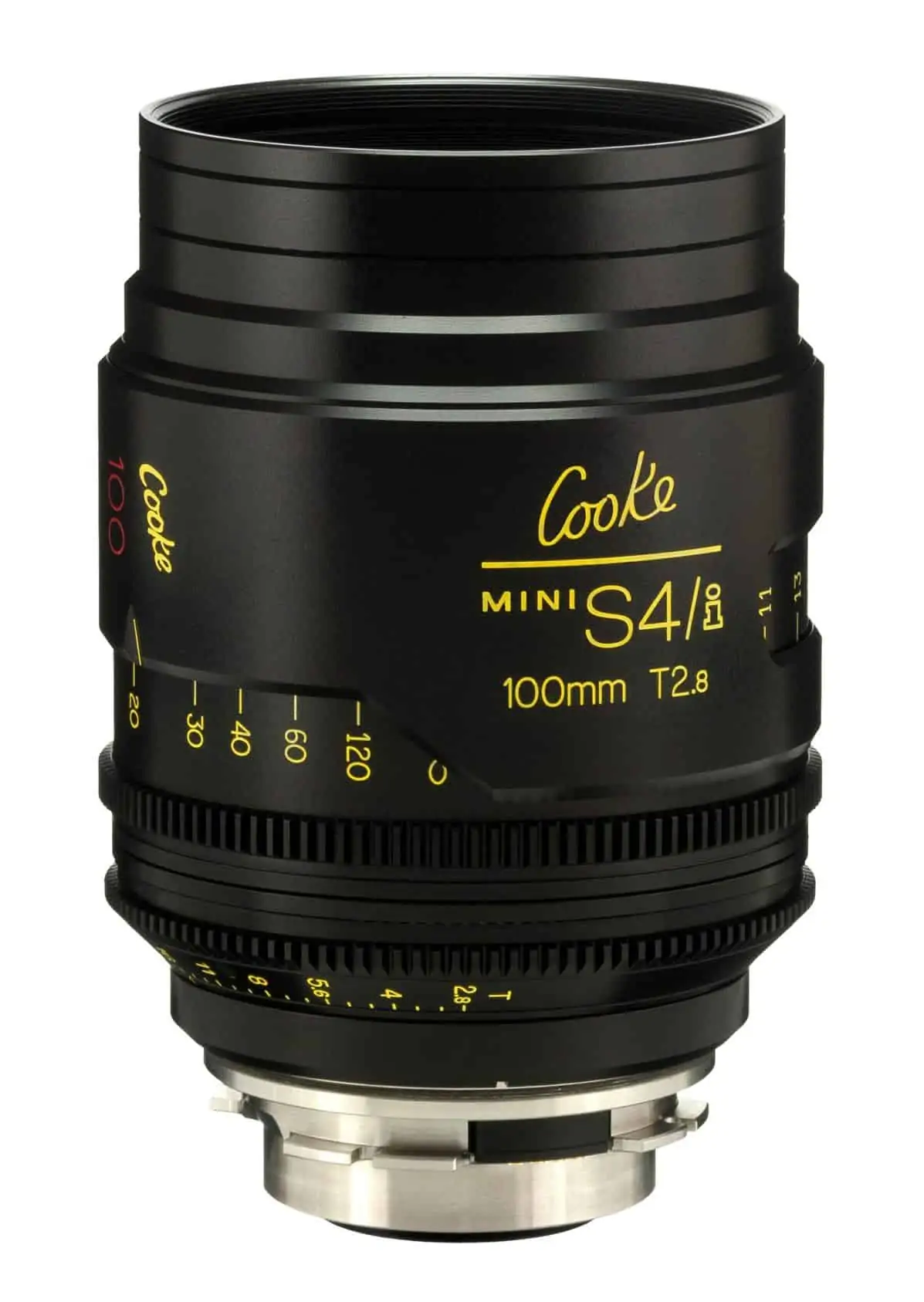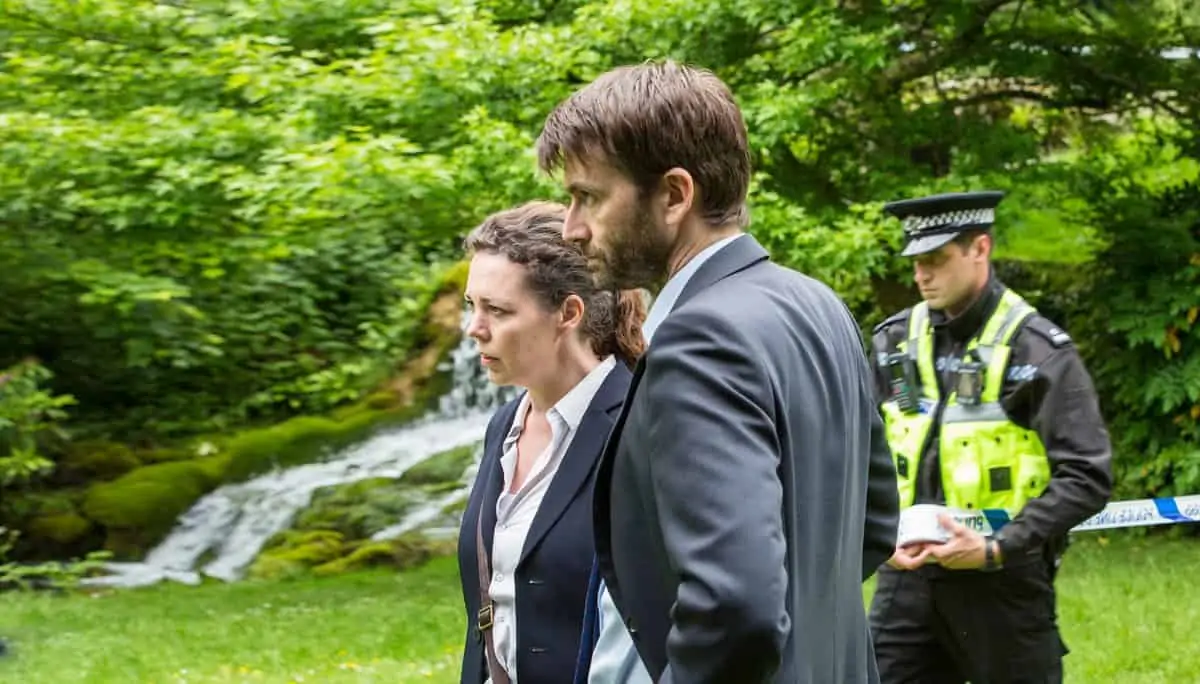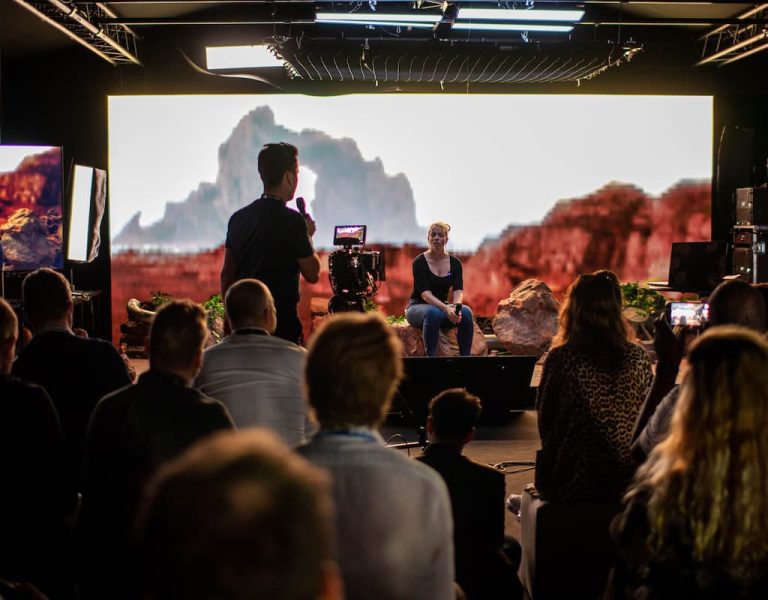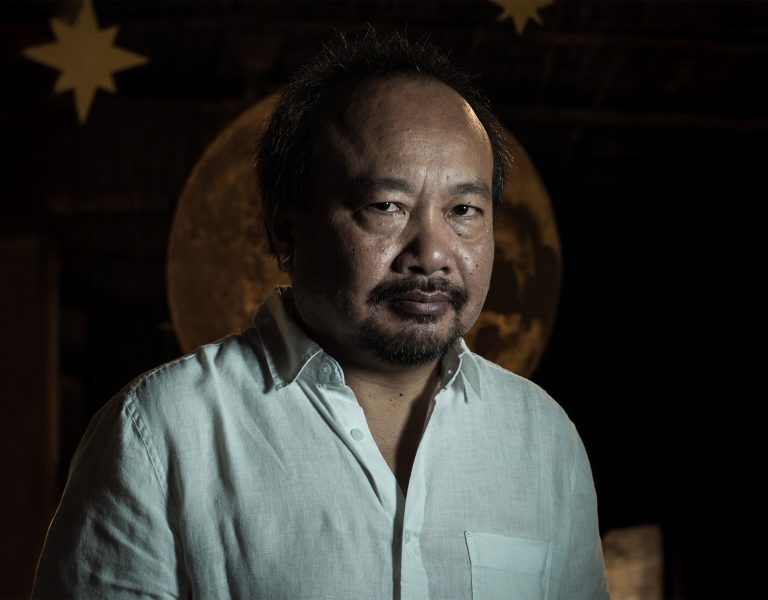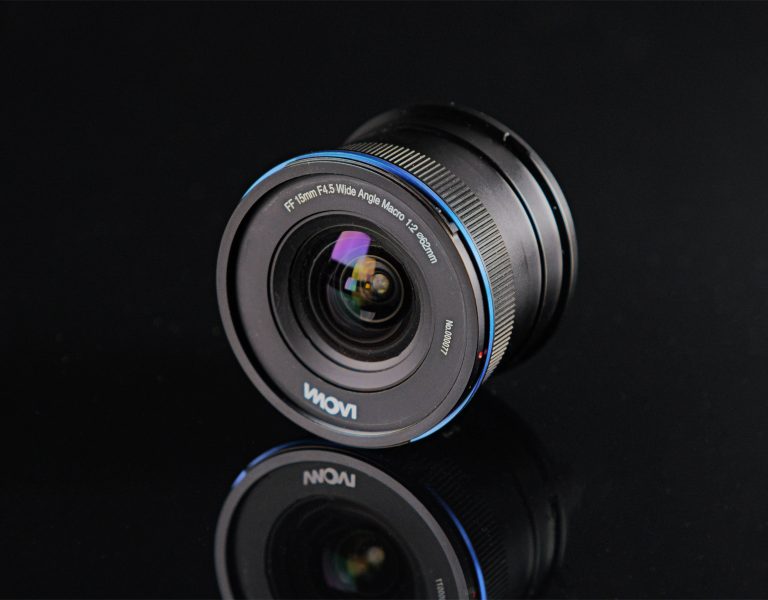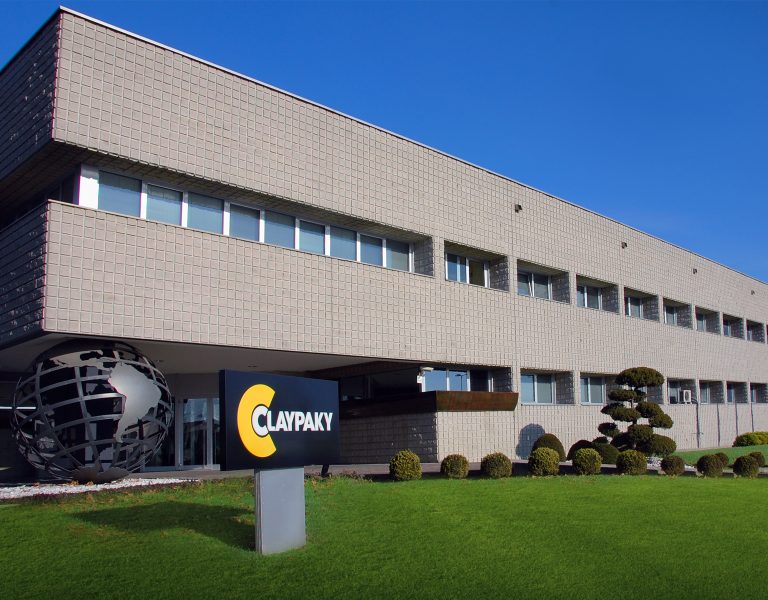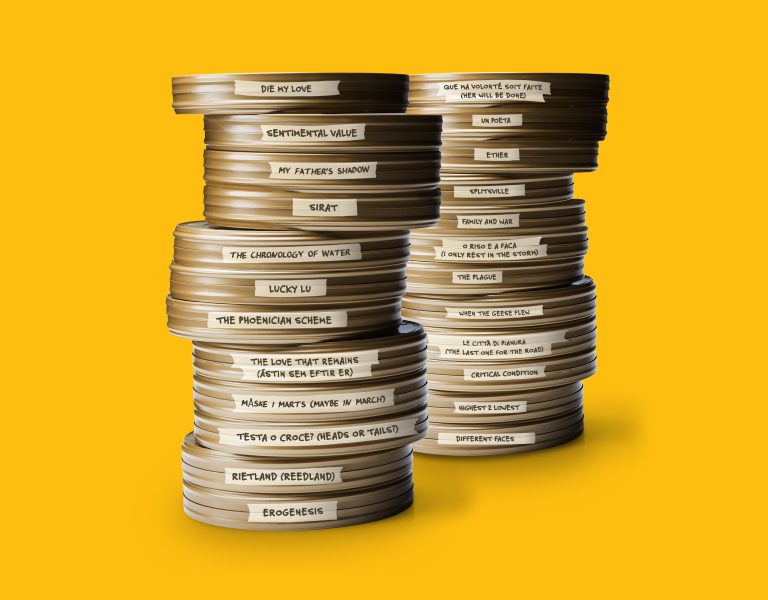When director of photography Julián Apezteguia, ADF (Argentinian Society of Cinematographers) got the chance to work with director Pablo Trapero for the second time, on the director’s latest film El Clan – a dark story set in the 1980’s about a family of kidnappers and murderers – he used a full range of Cooke Anamorphic/i lenses to give the film a “strong optical personality”.
The lens package for the production – which won the Goya Award for Best Foreign Film in the Spanish Language, the Silver Lion at the Venice Film Festival, and was also Argentina’s Oscar submission – included the Cooke Anamorphic/i 32mm, 40mm, 50mm, 75mm, and 100mm lenses, with Apezteguia primarily relying on the wider lenses. El Clan is the third feature film that Apezteguia has shot with Cooke lenses, and his first shooting Anamorphic, using the Alexa XT in 4:3 sensor mode.
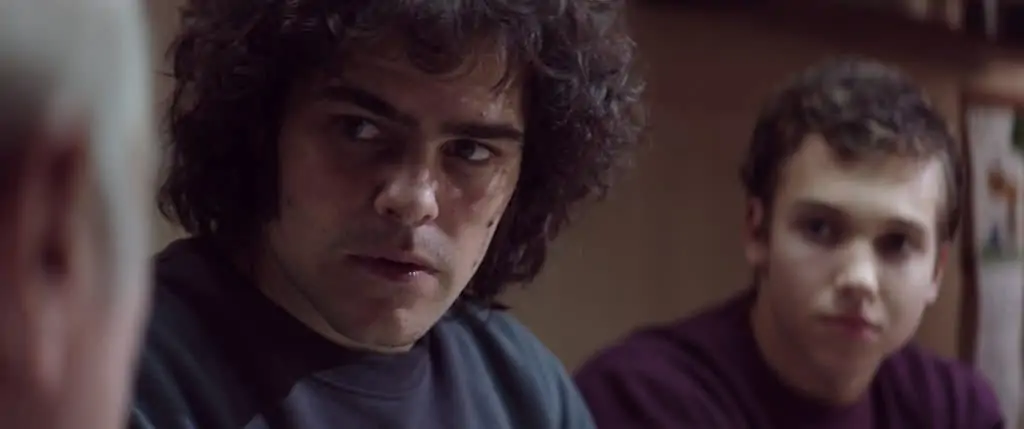
Set in Buenos Aires in the 1980’s, El Clan is the true story of the Puccio family who kidnapped four people and killed three, and how they lived their lives through these events. Starring Guillermo Francella, Peter Lanzani, and Gastón Cocchiarale, the story demanded that the characters maintain a strong look.
“We decided to give the film a strong optical personality, and for this we chose Cooke Anamorphic lenses with an Alexa XT 4:3 camera,” said Apezteguia. “I feel the way the Anamorphics render perspectives, and the way they render the out-of-focus part of the image, gives the Cooke Anamorphic/i lenses a unique look that is perfect for generating the feeling of a strange place or situation.”
Apezteguia relied on a host of other optical techniques, such as split field dioptres, starting or finishing a shot with the image out of focus and even taking the lens out of the camera while recording. All of this helped build the optical personality.
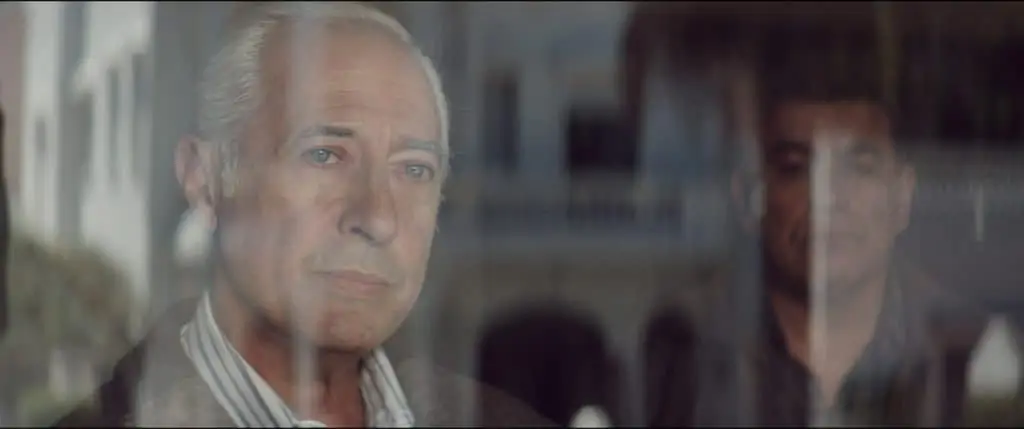
Having used Cooke S4 lenses on two previous feature films, Habi, La Extranjera and Dias de Pesca, plus many commercials using Cooke 5/i lenses, Apezteguia is very familiar with the distinctive look that Cooke lenses give cinematographers. “I like the texture they provide; they are sharp but not too crisp. I think this works very well with digital cinema cameras, giving you the chance to keep the cinematic feel working with an electronic image. They are also very kind to the actors’ faces.”
Apezteguia is so confident in Cooke lenses that they were chosen without testing against any other lenses. He says: “We did extensive testing with the Cooke Anamorphic lenses so we knew how to get the exact look we wanted. One of the interesting things about working with an anamorphic lens is the characteristic perspective they provide that is inherent to the construction of a lens that squeezes the image that will be un-squeezed later. Cooke was the obvious choice because we got the perspective without losing definition, and with the plus of getting the ‘Cooke Look’ for our period film.”
